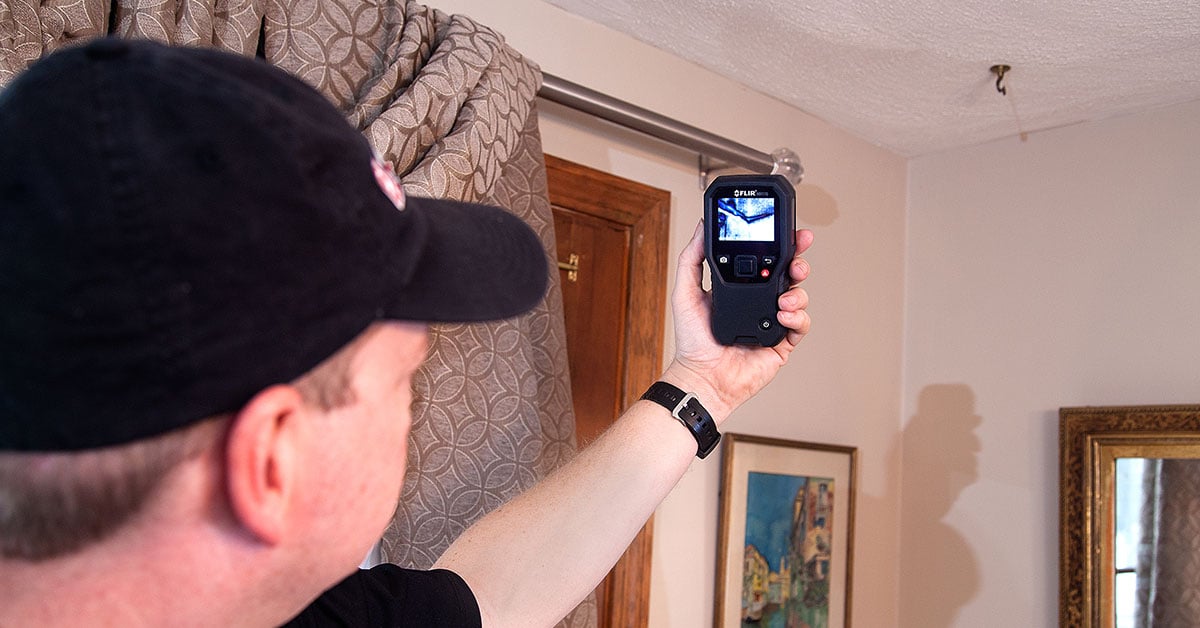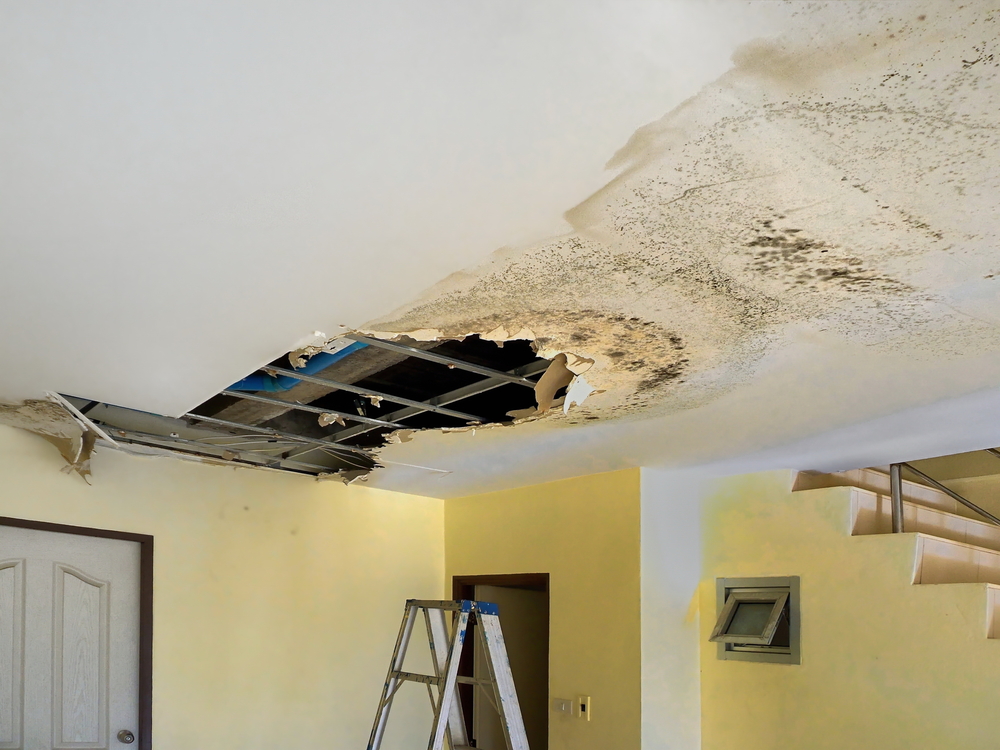Are you on the lookout for additional info concerning Finding hidden leaks?

Early discovery of leaking water lines can minimize a prospective disaster. Some small water leaks may not be noticeable.
1. Take A Look At the Water Meter
Every house has a water meter. Examining it is a surefire manner in which aids you discover leakages. For starters, shut off all the water resources. Ensure no one will certainly purge, use the tap, shower, run the cleaning machine or dishwasher. From there, most likely to the meter and also watch if it will alter. Given that no one is using it, there should be no activities. That indicates a fast-moving leakage if it relocates. If you discover no modifications, wait an hour or two and examine back once more. This indicates you may have a slow leak that might also be below ground.
2. Examine Water Usage
Evaluate your water bills and also track your water usage. As the one paying it, you ought to see if there are any type of discrepancies. If you detect sudden changes, regardless of your usage coinciding, it implies that you have leakages in your plumbing system. Keep in mind, your water costs ought to drop under the exact same array on a monthly basis. An unexpected spike in your bill indicates a fast-moving leak.
A consistent increase every month, even with the very same behaviors, shows you have a sluggish leak that's also slowly rising. Call a plumber to completely inspect your building, particularly if you really feel a cozy area on your floor with piping below.
3. Do a Food Coloring Test
When it comes to water intake, 30% comes from toilets. If the shade somehow infiltrates your bowl during that time without flushing, there's a leak in between the container as well as bowl.
4. Asses Outside Lines
Don't forget to check your exterior water lines too. Ought to water seep out of the link, you have a loose rubber gasket. One tiny leakage can squander lots of water and increase your water costs.
5. Check as well as Evaluate the Scenario
House owners should make it a routine to check under the sink counters as well as even inside closets for any kind of bad odor or mold growth. These two warnings indicate a leak so prompt attention is needed. Doing regular inspections, even bi-annually, can conserve you from a significant problem.
Inspect for stainings and compromising as a lot of devices and pipes have a life expectations. If you presume dripping water lines in your plumbing system, do not wait for it to rise.
Early discovery of leaking water lines can reduce a prospective calamity. Some little water leakages might not be visible. Checking it is a guaranteed way that helps you uncover leakages. One small leakage can throw away tons of water as well as increase your water expense.
If you presume dripping water lines in your plumbing system, do not wait for it to rise.
WARNING SIGNS OF WATER LEAKAGE BEHIND THE WALL
PERSISTENT MUSTY ODORS
As water slowly drips from a leaky pipe inside the wall, flooring and sheetrock stay damp and develop an odor similar to wet cardboard. It generates a musty smell that can help you find hidden leaks.
MOLD IN UNUSUAL AREAS
Mold usually grows in wet areas like kitchens, baths and laundry rooms. If you spot the stuff on walls or baseboards in other rooms of the house, it’s a good indicator of undetected water leaks.
STAINS THAT GROW
When mold thrives around a leaky pipe, it sometimes takes hold on the inside surface of the affected wall. A growing stain on otherwise clean sheetrock is often your sign of a hidden plumbing problem.
PEELING OR BUBBLING WALLPAPER / PAINT
This clue is easy to miss in rooms that don’t get much use. When you see wallpaper separating along seams or paint bubbling or flaking off the wall, blame sheetrock that stays wet because of an undetected leak.
BUCKLED CEILINGS AND STAINED FLOORS
If ceilings or floors in bathrooms, kitchens or laundry areas develop structural problems, don’t rule out constant damp inside the walls. Wet sheetrock can affect adjacent framing, flooring and ceilings.
https://www.servicemasterbyzaba.com/blog/how-to-detect-water-leakage-in-walls/

Do you appreciate reading about Top leak detection hacks? Put a remark directly below. We would be glad to find out your views about this content. We hope that you come back again later on. Sharing is good. Helping people is fun. I praise you for your time. Don't hesitate to check up our website back soon.